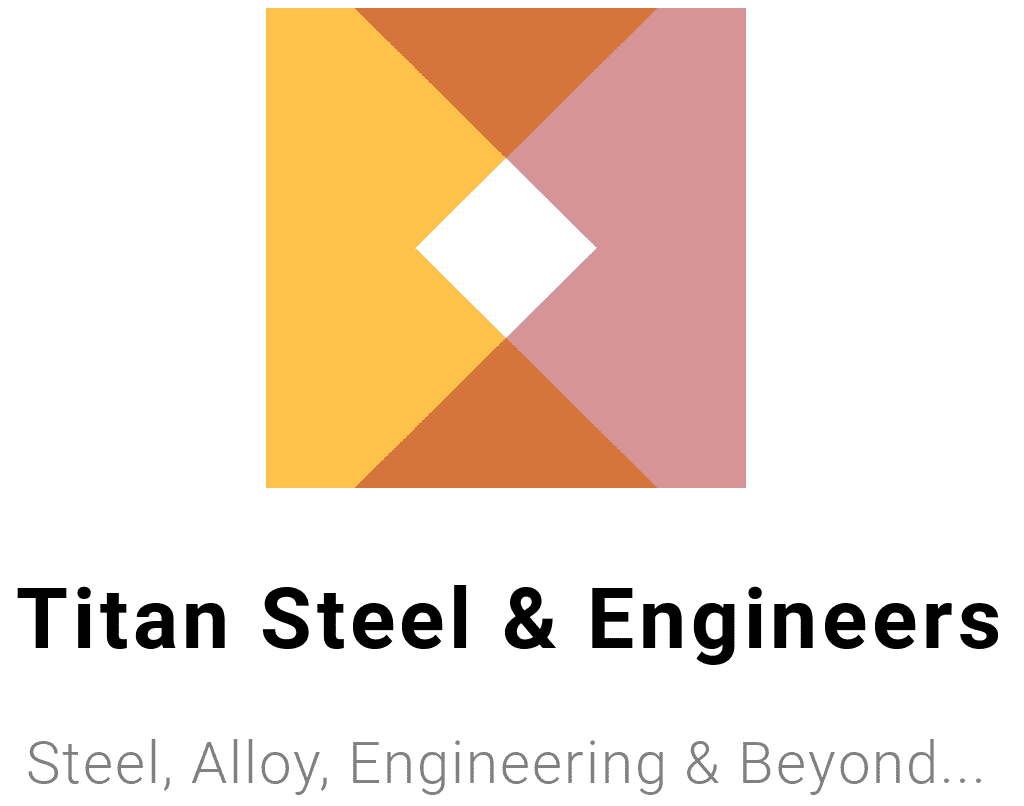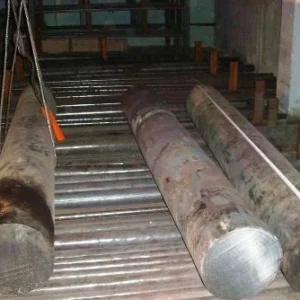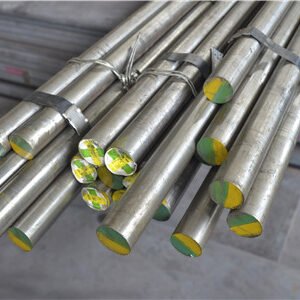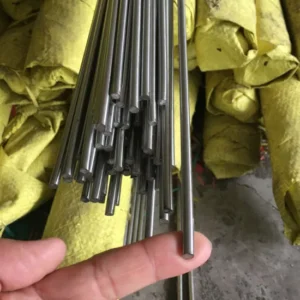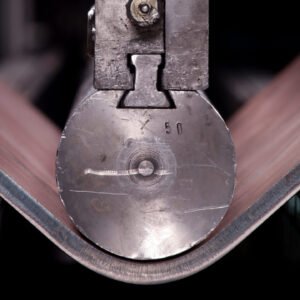Description
AISI O1 Tool Steel Product Description
Overview
AISI O1 Tool Steel is the trusted choice for precision and performance. Widely used in toolmaking, die-cutting, and manufacturing, this versatile tool steel offers reliability for applications requiring high wear resistance and exceptional durability. From crafting knives to creating intricate dies, AISI O1 Tool Steel is engineered to tackle tough jobs with precision.
Key Properties
- Hardness: AISI O1 achieves exceptional hardness after heat treatment, ensuring long-lasting wear performance even under demanding conditions.
- Wear Resistance: Its distinctive microstructure provides superior resistance to wear, making it suitable for high-pressure applications.
- Machinability: Thanks to its high-grade alloy composition, AISI O1 Tool Steel offers excellent machinability, allowing for precise shaping and detailing.
Benefits Over Other Steels
- Consistency: Known for its dimensional stability during heat treatment, AISI O1 ensures consistent results every time, reducing material waste.
- Affordability: Compared to other tool steels, AISI O1 offers an exceptional balance between cost and performance, making it an economical choice for small and large-scale projects.
- Flexible Applications: Whether you’re forging cutting tools, punches, or forming dies, AISI O1 adapts seamlessly to various applications.
Technical Specifications
- Chemical Composition (approximate): Carbon 0.85%, Chromium 0.50%, Tungsten 0.60%, Manganese 1.00%.
- Hardness (after hardening): Up to 65 HRC.
- Available Sizes/Forms: AISI O1 Tool Steel is available in bars, plates, and custom dimensions upon request.
Supply Cities:
Mumbai Ahmedabad, Amaravathi, Ambattur, Bangalore, Belgaum, Chennai, Chittoor, Coimbatore, Dindigul, Mysore, Nellore, Hyderabad, Kochi, Mangalore, Tirupur, Tuticorin, Madurai, Andhra Pradesh, Karnataka, Puducherry, Kerala, Tamil Nadu, Telangana, Visakhapatnam, Kochi, Kerala, Hubli-Dharwad, Karnataka, Ghaziabad Kolkata.

